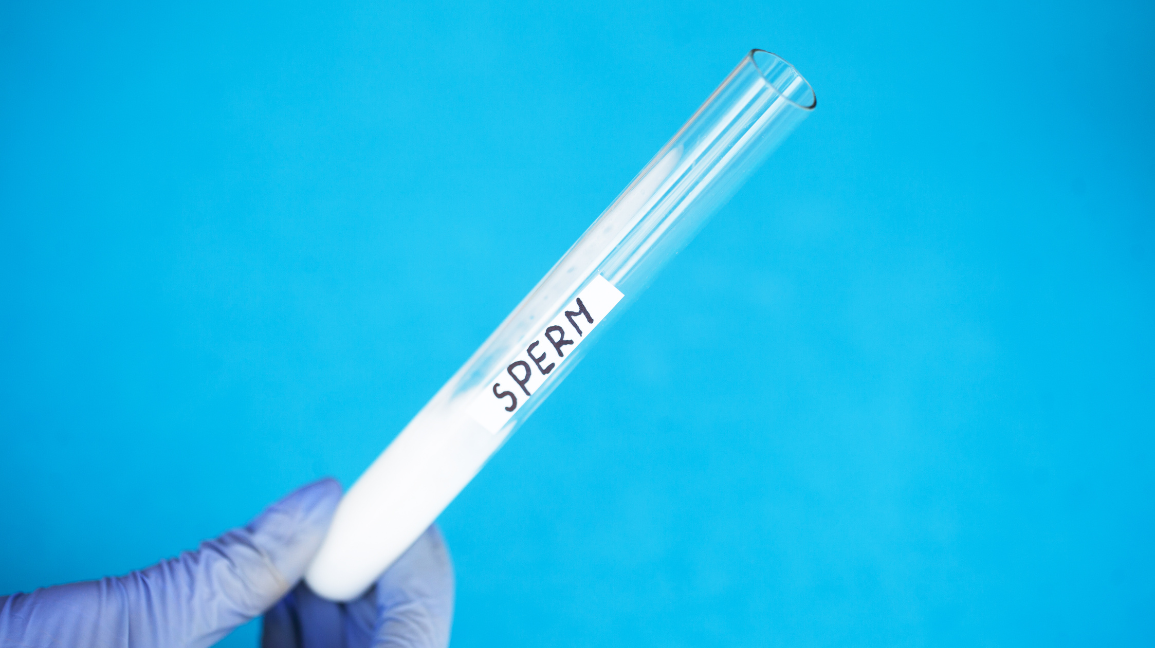Getting sperm by any means for fertility purposes is known as sperm extraction. There are several ways to get sperm, and the method entirely depends on What the patient requires, why it is not present in the semen. At the bottom of the Penis, testosterone male hormone, and sperm are formed in the two testicles of the scrotum. The coiled tube known as epididymis is the passage through which the sperm passes from the testicles. However, the sperm resides there until it is put to use. The epididymis is connected to the prostate with the help of a tube known as vas deferens. The tube passes from the scrotum to the groin, then towards the pelvis right behind the bladder. The formation of the ejaculatory duct forms as each vas deferens joins the seminal vesicles. The seminal vesicles, prostate, and other glands form the fluid that mixes with the spend for ejaculation. The semen travels through the urethra and ejaculates.
When do Do Doctors suggest Sperm Retrieval?
When pregnancy is not possible naturally, sperm retrieval is recommended by fertility experts. However, it is not possible to do so without help. Men with no sperm in semen or who cannot ejaculate suffer from fertility issues. In such situations, sperm is retrieved from another tract in the reproduction system. The sperm retrieval process is used in IVF and ICSI treatment to improve the chances of pregnancy. The combination of sperm and egg in the laboratory for fertilization is known as IVF. The combined form of egg and sperm is known as an embryo. Once the embryo forms, it is transferred to the uterus for implantation. On the other hand, ICSI or Intracytoplasmic sperm injection is also an in-vitro fertilization procedure where only one healthy mature sperm is used to inject directly into the egg. One of the basic procedures of fertility treatment is “semen analysis”. Your fertility expert will check the semen under a microscope in a lab for sperm content. Some men suffer from azoospermia which means no presence of sperm. Therefore, doctors suggest the sperm retrieval process for IVF or ICSI treatment.
What Are the Types of Azoospermia?
There are two main types of Azoospermia, obstructive, and non-obstructive azoospermia. Obstructive Azoospermia- in obstructive azoospermia, the testicles produce sperm but it cannot reach the semen. It is mainly due to a block in the reproductive tracts. In vasectomy procedure, the reproductive tract through which the sperm passes are blocked. In some men, no sperm is found in the semen. It is due to the absence of vas deferens, which is a birth defect. This situation occurs when the gene consists of a condition known as cystic fibrosis. Blocks in the epididymis and ejaculatory ducts may also cause obstructive azoospermia. The condition can be surgically cured. Non-Obstructive Azoospermia- the body does not make any kind of sperm in this type of azoospermia. Or, the sperm formation is too low and not visible in ejaculation. Genetic tests and blood hormone tests help to detect the causes underneath. Anejaculation- this is the condition when the seminal fluid is absent in the urethra. Retrograde ejaculation- this condition appears when the semen enters the urethra but does not flow in the right direction. Instead of reaching the penis, it travels back to the bladder. Although it does not harm the body, it causes fertility issues.
Final words
There are several treatment plans to treat azoospermia, however, not all can be cured. TESE, TESA, MESA, TESA with mapping, Micro TESE, and PESA are some of the sperm retrieval procedures used in IVF treatment to increase the chances of pregnancy.
For Consultation contact Renew Healthcare – Best Ivf clinic in Kolkata

